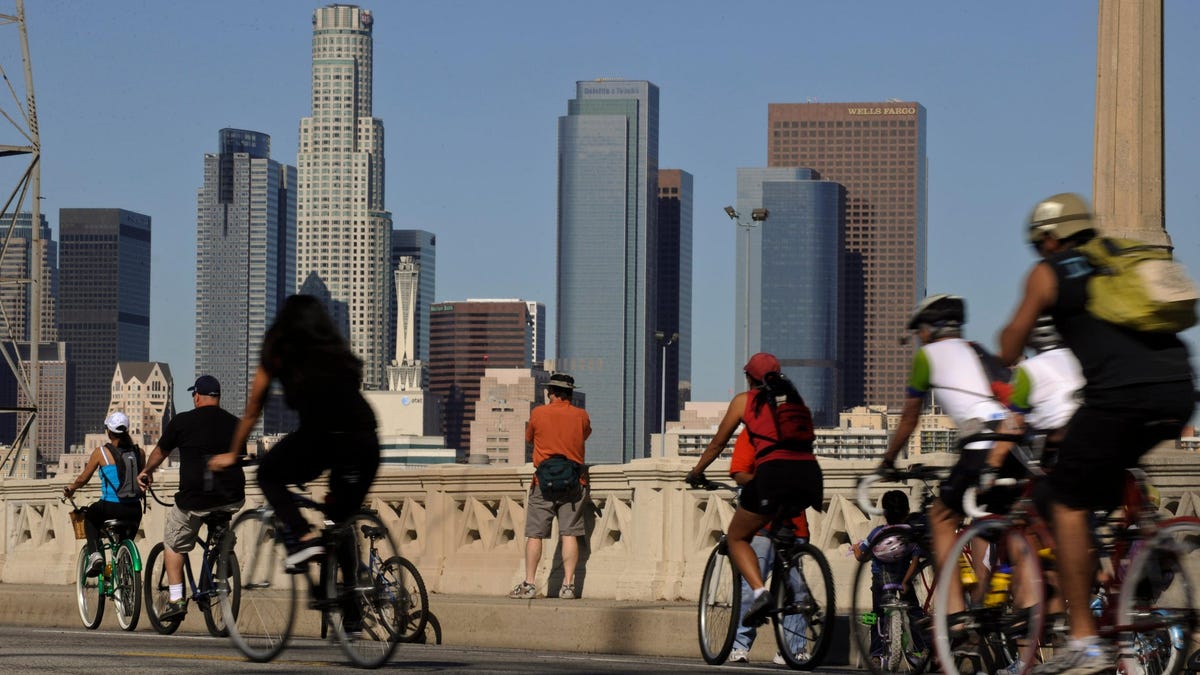Black Cyclists Are Four Times More Likely to Die in Traffic, Despite Riding Less

Image: Chris Carlson (AP)
A recent study has shed light on an unfortunate reality for those who share the road. As reported by The Grio, a new study finds that the traffic fatality rate for Black cyclists is 4.5 times higher than for white cyclists — even though fewer Black people ride bicycles.
The study is titled “Disparities in Activity and Traffic Fatalities by Race/Ethnicity,” published in the American Journal of Preventative Medicine. It showed that over 100 million miles, fatality rates were higher for Black and Hispanic Americans across various modes of travel, particularly walking and cycling.
The study shows that Black people are four times as likely as white people to be killed in traffic crashes while cycling, and more than two times as likely to die in a traffic fatality while simply walking (again, compared to white people).
The disparity exists despite the fact that, on average, Black people make up a small portion of cyclists in America. For instance, PSRAI, an independent research group, found that cycling outreach groups in Portland, Oregon, tried to get more Black people into riding. But most riding groups in the city were overwhelmingly white.
Things get worse and more dangerous at night. Ernani Choma, one of the authors of the study, told ABC News that this could be the result of a lack of access to safe riding areas or infrastructure like bike lanes. “It might indicate that, for example, Black Americans or Hispanic Americans are less able to cycle, they don’t have access to transportation in that way. Maybe it’s less bike lanes. Maybe they don’t even bike because they feel unsafe,” she told ABC News.
Some feel that minority groups may be missing out on the health benefits that come with walking and cycling, like better heart health and access to fresh air. Another author of the study, Matthew Raifman, said this is an opportunity for the government to address the lack of infrastructure that could help get more people of color to walk and cycle. The benefits would go far beyond plain road safety. “Instead of just investing in reducing traffic fatalities, why not do it in a way that’s also addressing the systemic, structural racism challenges in our society?” he said.



